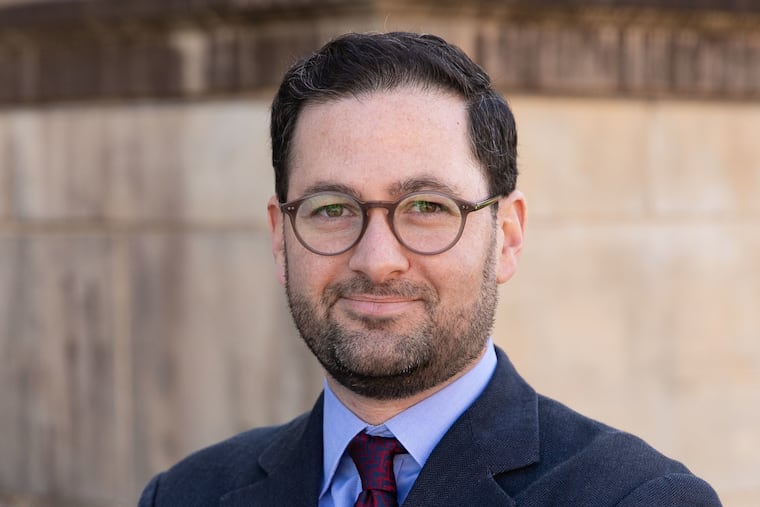First curator for huge trove of Wyeth-related artwork selected by Brandywine River Museum
In collaboration with the Farnsworth Art Museum in Maine, and the Wyeth Foundation, the Brandywine will oversee a new era of Wyeth exhibitions and scholarship.

The Brandywine River Museum, in Chadds Ford, which announced a plan earlier this year for joint management of a trove of Andrew Wyeth-related art work, has hired a curator to oversee the vast collection, as well as a study center for scholarly exploration of the Wyeth family legacy.
William L. Coleman had been the director of collections at the Olana Partnership in Hudson, N.Y., the organization in charge of the artistic and architectural legacy of painter Frederic Edwin Church, including the 90,000-object Church collection and archive.
Coleman will become the first Wyeth Foundation curator of the 7,000-object Andrew and Betsy Wyeth Collection and director of the Andrew and Betsy Wyeth Study Center.
» READ MORE: Brandywine River museum gets trove of Andrew Wyeth-related art and will share in 7,000 works by the artist
The Brandywine River Museum, where Coleman will be based, and the Farnsworth Art Museum in Rockland, Maine, where Wyeth spent his summers, are partners in the endeavor, largely worked out by Betsy Wyeth prior to her death in 2020. Her husband, Andrew Wyeth, died in 2009.
The Wyeth Collection was put together and maintained by Betsy Wyeth, and consists of works from across Andrew Wyeth’s seven decades as a working artist, including rarely seen paintings, watercolors, sketches, and sketchbooks.
Coleman will work in both Pennsylvania and Maine with a staff of three to develop exhibitions, make works available for loan to other institutions, and to foster new research and scholarship on the life and work of Andrew Wyeth. One of the his projects will be the production of a catalogue raisonné for Andrew Wyeth — a complete catalog of the artist’s work. Coleman will also curate displays of work for both the Brandywine and Farnsworth dedicated Wyeth galleries.
Thomas Padon, director of the Brandywine River Museum, said the goal of Coleman’s effort will be “activating Betsy Wyeth’s estate plan in which her remarkable collection of Andrew Wyeth’s works would be accessible to the public and future generations of scholars in perpetuity.”
The project is expected to cost between $750,000 and $1 million annually, according to Brandywine officials.
Coleman, who hales from the Philadelphia area, attended Haverford College, and holds a doctorate in art history from University of California, Berkeley, said he has already begun to discover intriguing aspects of the Wyeths’ various endeavors.
It is virtually impossible to know Andrew Wyeth, for instance, he said, without understanding Betsy Wyeth, who served as the painter’s business manager, marketing czar, companion, and much more.
“What I’m fascinated by is how she is this really crucial, not only archival and managerial, but also creative force behind the scenes,” said Coleman, who officially starts his new job at the Brandywine Oct. 17, but is already digging in.
“I think it’s been understood for a long time that she was a key driver behind Andrew’s career, giving titles to his works and meticulously documenting process,” he said, adding that the collection “is a trove of work in progress like no other that helps us to understand how these masterpieces took shape.”
While Betsy Wyeth’s business acumen may have been well known, Coleman said, “what has not been fully understood is that she was also an American creative force in her own right, shaping these environments that inspired her husband’s work, shaping landscape in three dimensions in Maine.”
Coleman said Betsy Wyeth’s creative drive is ”a really intriguing part of the story.” Conversations with museum staff members in Maine and at the Brandywine has led him to “understand there’s more beneath” the surface.
‘I’m just beginning to learn about that Betsy’s own textile art practice,” Coleman said. “I am tremendously fascinated by this body of knitting work she was doing that remains on these islands in Maine.
“The case I heard specifically was, she was making abstract textiles in relation to the colors and forms of tide pools on the coast of Maine. Really unusual stuff. So I can’t wait to sink my teeth into that.”